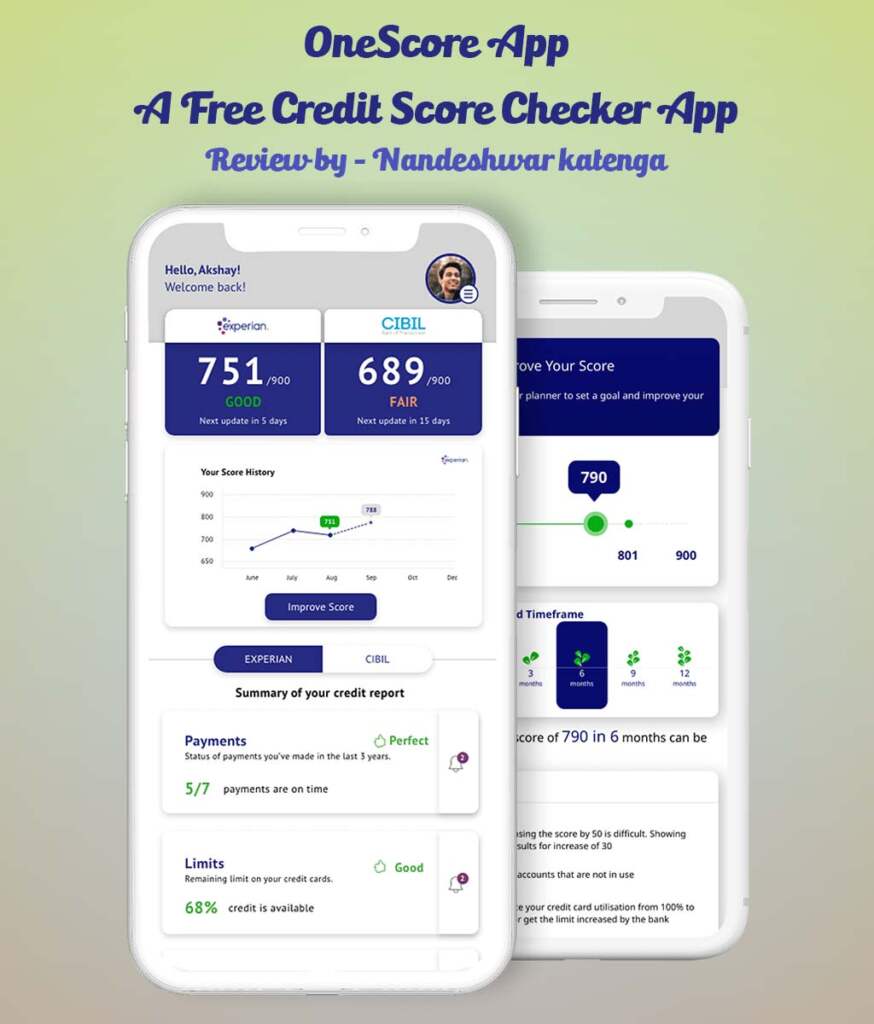
Understanding the Rule of 72 Calculator : A Simple Guide to Estimate Investment Doubling Time
When it comes to investment planning, having a clear understanding of how long it takes for your money to double is essential. One popular and widely used rule for estimating this doubling time is the Rule of 72. In this article, we will explore the Rule of 72, its significance, and how it can be applied to approximate investment doubling periods. Whether you’re a seasoned investor or just starting your financial journey, the Rule of 72 can provide valuable insights into the growth potential of your investments.
What is the Rule of 72?
The Rule of 72 is a simple mathematical formula used to estimate the approximate time it takes for an investment to double based on the compound interest rate. It provides a quick way to calculate the doubling time without the need for complex calculations.
Additional Reading
Rule of 72 explained
To apply the Rule of 72, divide the number 72 by the annual interest rate or rate of return on your investment. The resulting quotient represents the approximate number of years it will take for your investment to double.
Formula: Doubling Time = 72 / Interest Rate
For example, if you have an investment with an annual interest rate of 8%, the Rule of 72 calculation would be:
Doubling Time = 72 / 8 = 9 years
This means that it would take approximately 9 years for your investment to double at an 8% annual interest rate.
Significance and Limitations
The Rule of 72 is a useful tool for gaining a quick estimation of doubling time. It provides a rough idea of the potential growth of an investment and can be applied to various scenarios, such as savings accounts, fixed deposits, or investments in stocks and mutual funds.
However, it’s important to note that the Rule of 72 is a simplified approximation and has limitations. It assumes a constant interest rate or rate of return, which may not hold true in real-world scenarios where rates fluctuate. Additionally, it does not account for compounding frequencies, tax implications, or other factors that may affect investment growth.
The Rule of 72 in Financial Planning
The Rule of 72 can be a valuable tool in financial planning. It allows investors to quickly assess the potential growth of their investments and make informed decisions. By using the rule, individuals can compare different investment options and evaluate their long-term objectives.
Moreover, the Rule of 72 can help in understanding the power of compounding. It demonstrates how a higher interest rate can accelerate investment growth and emphasizes the importance of finding investments that offer competitive rates of return.
Conclusion
The Rule of 72 is a straightforward and handy tool for estimating the doubling time of an investment based on the compound interest rate. While it may not provide precise results, it offers a quick approximation that can aid in financial planning and decision-making. Understanding the Rule of 72 empowers investors to assess the potential growth of their investments and make strategic choices aligned with their financial goals. Remember, the rule serves as a starting point, and it’s always advisable to conduct further research and seek professional advice when making investment decisions.


